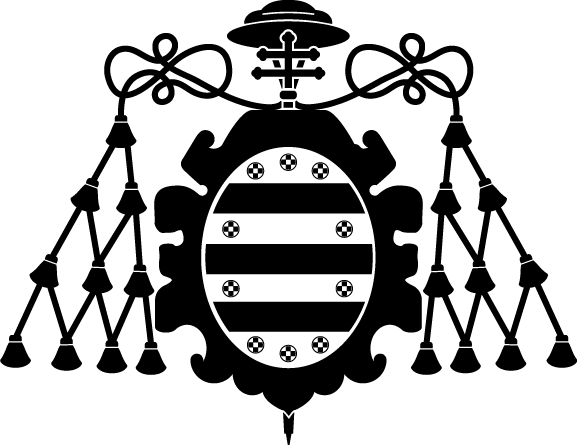Acquisition of antimicrobial resistance determinants by virulence plasmids specific for nontyphoid serovars of Salmonella enterica
Fecha de publicación:
Versión del editor:
Citación:
Descripción física:
Resumen:
Nontyphoid serovars of Salmonella enterica are one of the leading causes of bacterial food-borne disease. Most human infections are confined to the small intestine and associated with inflammatory diarrhoea. However, bacteria can also spread beyond the intestine causing focal or systemic infections, particularly in infants, the elderly and immuno-compromised hosts. Although usually not required, antimicrobial therapy is mandatory for the control of invasive infections and for people with recognized risk factors. A limited number of nontyphoid serovars carry virulence plasmids, which are actively evolving through loss and/or acquisition of genetic information. Of particular interest is the capture of genes conferring resistance to antimicrobials, which can result from cointegration with resistance plasmids but is more commonly mediated by mobile genetic elements, such as insertion sequences, transposons and integrons. Resistance plasmids carrying virulence genes of serovar specific plasmids, including the spv region, were also detected. This review will focus on hybrid virulence–resistance plasmids found in Typhimurium and its monophasic 4,5,12:i:- variant, Enteritidis and Choleraesuis, which rank among the most common and/or invasive nontyphoid serovars. The epidemiology of these plasmids, the mechanisms underlying their emergence and evolution, as well as the consequences for both the pathogen and its host, will be considered.
Nontyphoid serovars of Salmonella enterica are one of the leading causes of bacterial food-borne disease. Most human infections are confined to the small intestine and associated with inflammatory diarrhoea. However, bacteria can also spread beyond the intestine causing focal or systemic infections, particularly in infants, the elderly and immuno-compromised hosts. Although usually not required, antimicrobial therapy is mandatory for the control of invasive infections and for people with recognized risk factors. A limited number of nontyphoid serovars carry virulence plasmids, which are actively evolving through loss and/or acquisition of genetic information. Of particular interest is the capture of genes conferring resistance to antimicrobials, which can result from cointegration with resistance plasmids but is more commonly mediated by mobile genetic elements, such as insertion sequences, transposons and integrons. Resistance plasmids carrying virulence genes of serovar specific plasmids, including the spv region, were also detected. This review will focus on hybrid virulence–resistance plasmids found in Typhimurium and its monophasic 4,5,12:i:- variant, Enteritidis and Choleraesuis, which rank among the most common and/or invasive nontyphoid serovars. The epidemiology of these plasmids, the mechanisms underlying their emergence and evolution, as well as the consequences for both the pathogen and its host, will be considered.
Identificador local:
20111349
Patrocinado por:
The authors of the review have been supported by projects (FIS PI00–1084, PI02–0172, PI05–2489 and PI08–0656) from the Fondo de Investigación Sanitaria of the Spanish Ministry of Science and Innovation, and by the Med-Vet-Net Network of Excellence (WP 21) of the European Union. I. Rodríguez was the recipient of a grant from the Fundación para el Fomento en Asturias de la Investigación Científica Aplicada y la Tecnología (FICYT-BP04–086) at the Laboratory of Microbiology of the University of Oviedo. Currently she is working at the Federal Institute for Risk Assessment (BfR, Berlin) with a postdoctoral grant ‘Beca para Ampliación de Estudios en el Extranjero en Ciencias de la Naturaleza’ from the ‘Fundación Ramón Areces’. P.García and I.Montero are the recipients of predoctoral grants from the ‘Fundación para el Fomento en Asturias de la Investigación Científica Aplicada y la Tecnología’ (FICYT-BP08– 031 and FICYT BP09–069, respectively). J.Beutlich was granted to stay for a 6 weeks period at the University of Oviedo by the ‘Short Term Mission’ programme of the Med-Vet-Net Project.
Colecciones
- Artículos [37546]


